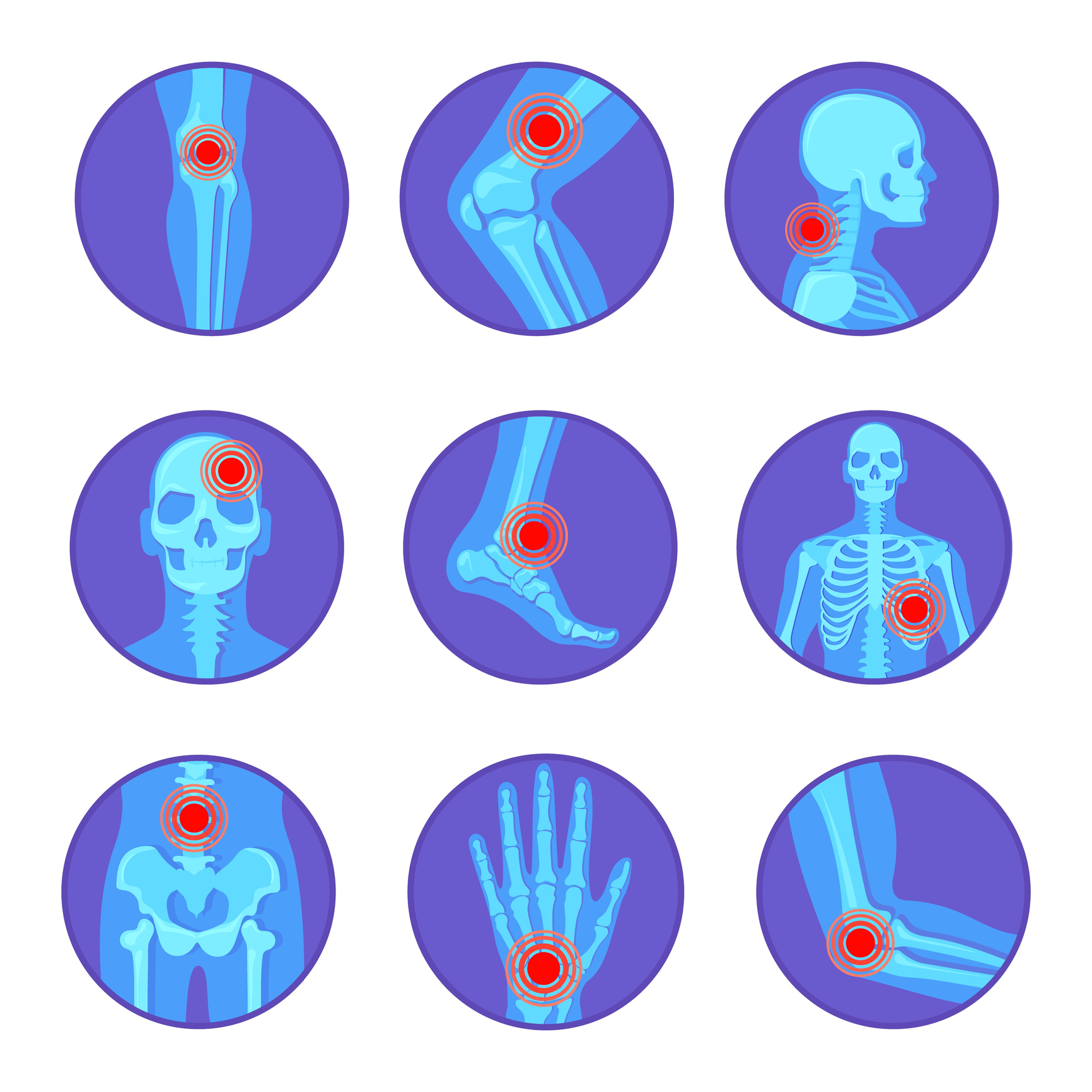This study aims to assess the diagnostic performance of dual-energy computed tomography (DECT) on lumbar paravertebral muscles fat infiltration (PMFI) in participants with low back pain (LBP).
In this prospective study, 21 participants with LBP were performed with noncontrast DECT scans within 1 week after magnetic resonance (MR) examinations. The assessment was based on the selected region of interest obtained from the paravertebral L1/L2-L5/S1 muscle. On visual evaluation, PMFI was assessed at DECT virtual monoenergetic images (80 keV) with Goutallier classification system using MR results as a reference. Quantitative parameters fat fraction, CT number, ΔCT number (difference of CT number at 140 and 80 keV), and optimal cutoff values above the indicators between MR adjacent grades were measured.
In this study, 582 ROIs from 21 participants (mean age, 60 ± 16 years old; 15 females) were evaluated. Sensitivity, specificity, and accuracy of readers 1 and 2 at severe grade (grades 3 and 4) were 67% and 85% (22 and 28 of 33), 99% and 99% (159 and 160 of 161), and 93% and 97% (181 and 188 of 194), respectively. Interobserver reliability was high with κ = 0.85 (p < 0.001). For DECT quantification parameters, significance was all represented between five grades (all p 0.80 (p < 0.001).
DECT was a promising qualitative and quantitative imaging technique to assess lumbar PMFI in participants with LBP and could provide accurate quantification for different fat infiltration (FI) degrees. Moreover, visual DECT assessment could excellently distinguish severe from normal and moderate FI of MR grades.
Copyright © 2022 Elsevier B.V. All rights reserved.
Fat content in lumbar paravertebral muscles: Quantitative and qualitative analysis using dual-energy CT in correlation to MR imaging.


